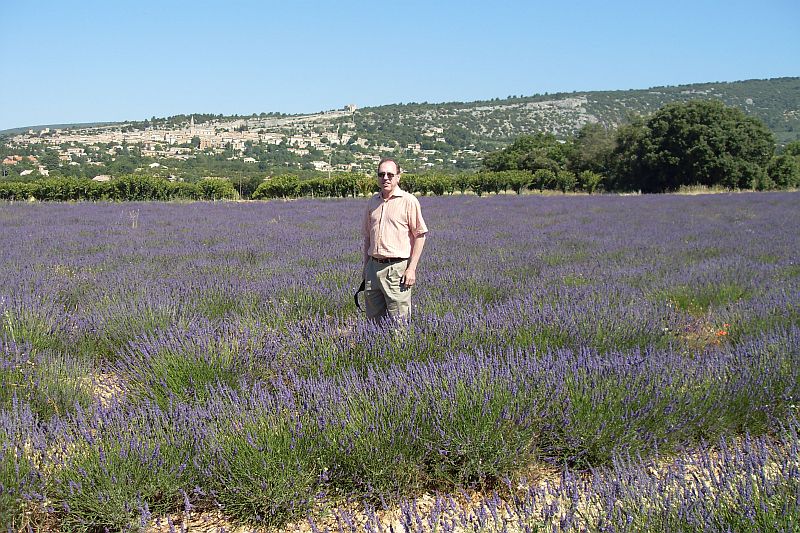Provence is lavender fields, hillside villages of stone buildings and clinging vineyards, winding roads leading to sandy beaches, and splashed colors of Van Gogh and Cezanne. It is also home to delicious rosé wines often enjoyed on a yacht in Saint-Tropez.
The shell-pink color of Provence rosé is the current fashion throughout the wine world, and any producer challenging what the marketplace’s wants will find its wines sitting on the store shelf and growing old in the warehouse.
The 2018 Domaine des Monticoles Rosé is so light, it is nearly colorless. Made from grapes grown in its certified organic vineyards, the citrus and red-berry aromas and flavors have supporting mineral backbone. Its well-calibrated fruit and acidity are pleasing from beginning to end. 92 points. Just arrived in our market, expect to pay $12 to $15.
No name conjures the pleasures of the seaside lifestyle as Saint-Tropez, so it was only natural that the local cooperative used the classic bottle for its 2018 Cuvee Cep d’Or Saint-Tropez Rosé. Made from equal parts grenache and cinsault, the barely pink rosé has an appealing citrus and smoky nose, and tasty orange and cherry flavors. Minerality and acidity bring balance and a lengthy finish. 90 points. The cooperative provided for every occasion with its half bottles ($7), full bottles ($14 to $17), magnums ($33) and double magnums ($80).
Chateau de Roquefort has been in the Villeneuve Flayosc’s family since 1812. Its vineyards sit 1,000 feet above sea level and are certified organic and biodynamic. The wines are named for colors; the 2018 Chateau de Roquefort Corail Cotes de Provence Rosé is a light-coral pink. Its blend of five grapes creates a mild herbal and orange-scented nose and the delicate cherry and cranberry-like flavors finish with a dry, stony taste. 88 points. Just arrived in our market, expect to pay about $19 to $21.
Bandol is one of the star sub regions in Provence. In this coast appellation is Domaine Le Galantin, run by siblings Jerome and Celine Pascal. Their 2018 Bandol Rosé is 50% mourvedre and 25% each cinsault and grenache grown in organic vineyards. Fermented and aged in stainless-steel tanks, the lightly colored rosé releases mild red-berry aroma and flavor with a dry, fruit-filled finish. 88 points. Just arrived in our market, expect to pay about $19 to $22.
If you looking for an inexpensive quaffing rosé you’ll find it in the 2018 Les Hauts Plateaux. The syrah, grenache and cinsault grapes are grown in mountain vineyards of the Alps de Haut Provence. Its faint-pink hue and orange and red-leaf tea nose give no indication of the mouthful of red-fruit flavors riding on a current of mild acidity. 88 points. Best Value: At $10 to $12 you’ll want to buy this by the case.
The biggest surprise of my tastings was the nonvintage Jacques Pelvas Brut Rosé. Made from only grenache, the pale-pink sparkler was clean and fresh. Harmonious citrus and red-fruit aromas and flavors were supported with refreshing acidity. Good length and a dry finish are matched by an equally pleasing price. 91 points. Best Value: At $10 to $12 you can pop as many corks as you want.
Rosé is the wine of summer, and summer is synonymous with Provence and its chic pale rosé wine. Any of these delightful Provence rosés will transport you to summer in the south of France, yacht not included.
Photos by John Foy










Leave A Comment